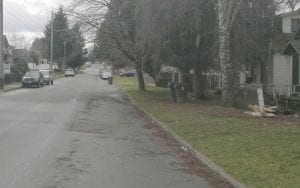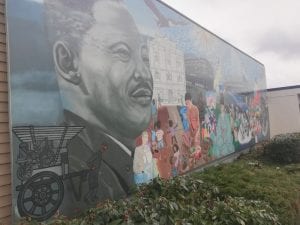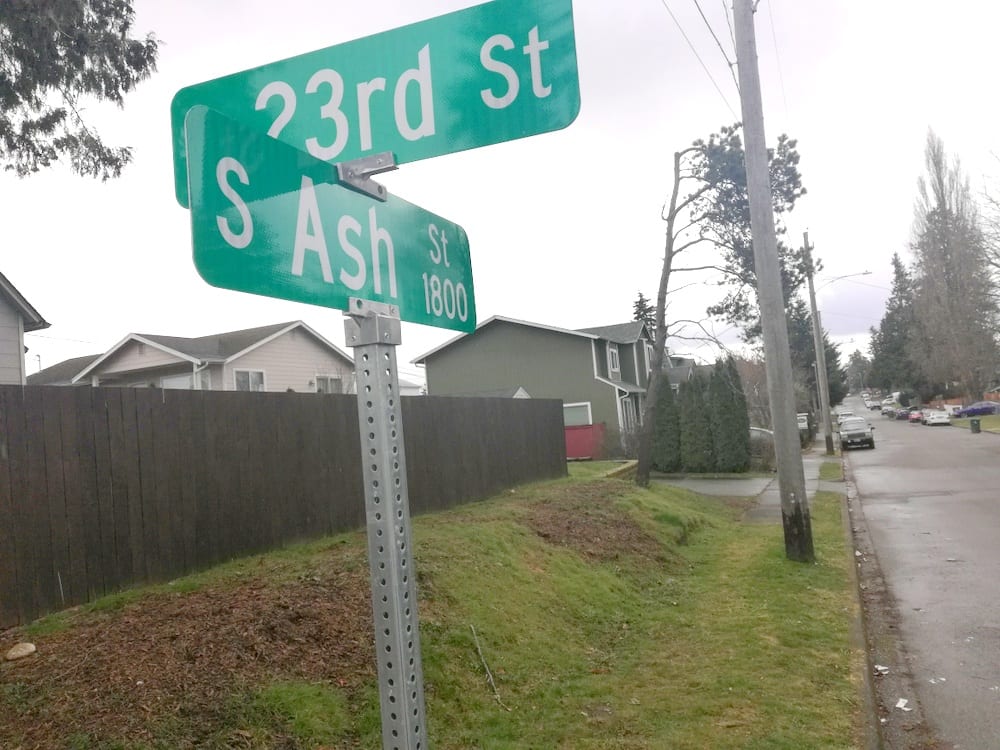The Tacoma of today is a lifetime away from the gangland it was in the 1980s. But those dark days 30 years ago leave long shadows that still exist.
Communities around the nation were suffering from gang infestations in the 1980s, born from the crack epidemic that flooded the streets and the economic downturn that defined the decade. President Ronald Reagan’s war on drugs that brought lengthy prison sentences for street-level dealers, coupled with his wife’s “Just Say No” campaign did little to control gang violence and illegal drug use.
Tacoma was the state’s ground zero of gang activity after California Crips and Blood members sought new markets for their gang recruitment and drug dealing. Tacoma’s Hilltop was considered the Wild West of gang shootings, street dealers openly peddling crack on street corners, and graffiti that Tacoma’s understaffed and outgunned police department battled to contain. Like a rubber ball, however, the situation had to hit hard before bouncing back.

That bounce came after what has gone down in history as “the Ash Street” shooting of 1989 that remarkably ended without an addition to the city’s homicide rate. But the incident brought national attention to the city’s gang troubles and prompted residents to take action to reclaim their streets.
Summer had turned to fall when the shooting happened. The night was September 23, 1989, and like the famous Wild West shootout and the O.K. Corral, it was over in minutes. A resident along the Hilltop’s Ash Street had gotten into a heated chat with gang members about him video recording the gang activity along his street from a camera he installed in an upper-room window of his house. Not wanting their activities recorded, the group threw rotting pears that had fallen from a nearby tree and reportedly tried to shoot out the camera before disappearing into the night.
Rather than abandon his crime-fighting efforts, the resident called for backup to help him protect his family and the neighborhood from the escalating threats of violence. He was, after all, a sergeant of the Second Ranger Battalion at nearby Fort Lewis. Off-duty soldiers arrived and started a barbeque. Their personal firearms were at the ready.
The combat veteran confronted the residents of a suspected drug house nearby with a suggestion that they stop shooting at his house, stop dealing drugs and turn their lives around. The residents retorted that the Ranger would be wise to mind his own business and respect their authority over the streets. Tension mounted. More Rangers arrived to the gathering that numbered more than a dozen. They took up a defensive stance and vowed to not shoot first and immediately stand down when, or if, police arrived if something went down.
A car drove by. A shot rang out as dusk turned to night. The house went dark while the Rangers stood their ground to protect the house for what they most certainly knew was coming.

A pop came from across the street. Then another and another shortly after 9:00 p.m. The Rangers returned fire. Windows shattered. Bullets whizzed through the autumn air and punched into walls. The gunfight lasted about 10 minutes and involved hundreds of rounds of ammunition from pistols, semi-automatic rifles and shotguns. A call to 911 went out and resulted in police cruisers swarming the area with lights flashing as the shots continued. The gang members fled.
Just one of the gang members was ever charged in the case. The military officially considered it a matter of self-defense for the off-duty Rangers. No one was killed let alone injured in the shootout that involved 300 bullets fired in the dark.
Doug Sutherland, who was mayor at the time, pondered a declaration of a city-wide version of martial law to combat the gang violence that immediately drew national attention. City purse strings opened to find the dollars to add police officers to the department. Then-Gov. Booth Gardner even considered sending in the National Guard.
Tacomans had enough. They formed Safe Streets that organizes block watches to this day. In a statement of how much Ash Street, and Tacoma in general, has changed, the house that sheltered the Rangers that night was valued at $15,000 in 1989. Market analysis by RedFin.com lists it as being worth $330,000, double from just five years ago. Crime statistics show that the neighborhood is among the safest in the city.














































